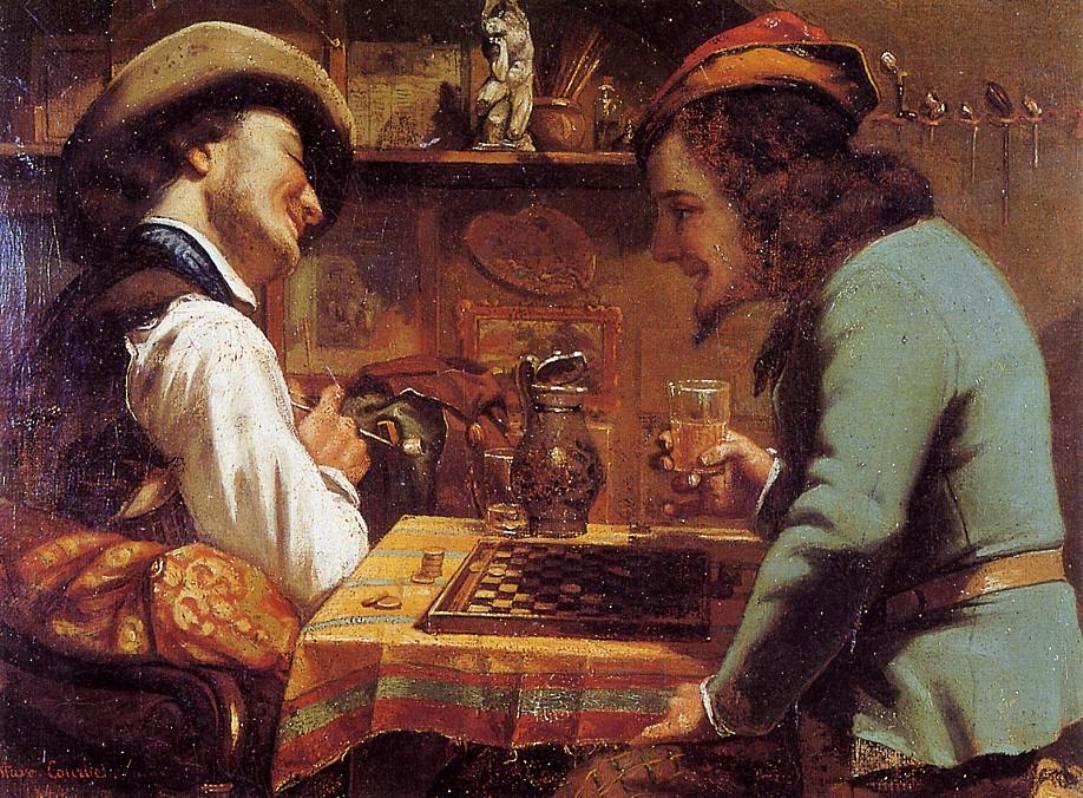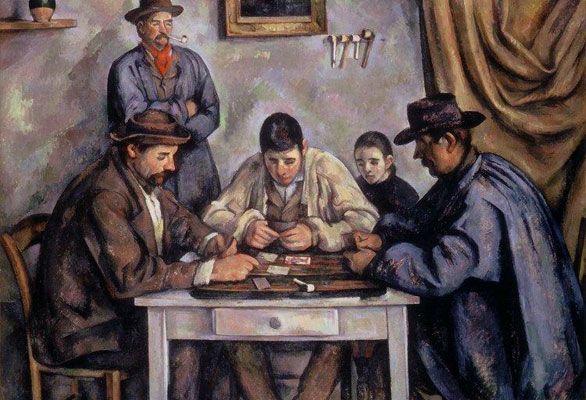Reference




Reference




OpenAI's Answer
Paul Cézanne and Gustave Courbet were two influential artists from the 19th century, each with distinct artistic styles that contributed significantly to the evolution of modern art. Here's a comparison of their styles based on current understanding:
Paul Cézanne
-
Post-Impressionism: Cézanne is known for his role in the development of post-impressionism, a style that laid the groundwork for the transition to modern art. His technique involved brushwork that built form through color modulation rather than relying on lines.
-
Exploration of Form: Unlike the traditional approach to depiction, Cézanne focused on the structural elements of the subjects he painted, employing geometric simplification to capture the essence of form.
-
Color and Modulation: His palette evolved to include a wide variety of colors, and he often used color to create a sense of weight and volume rather than light and shadow. This technique is apparent in his series of still lifes and landscapes.
-
Influence and Evolution: While initially he was heavily influenced by artists like Gustave Courbet, he gradually developed his style that moved beyond realism to explore the abstract qualities of his subjects.
Gustave Courbet
-
Realism: Courbet was a leading figure in the Realist movement, focusing on depicting everyday scenes and people with a sense of honesty and authenticity unmatched by prior academic styles.
-
Earthy Palette: His use of dark, earthy tones and thick brushwork emphasized the raw, unidealized nature of his subjects. This approach was a deliberate rejection of the polished, idealized depictions prevalent in academic art at the time.
-
Social Commentary: Many of Courbet's works contained subtle or overt social commentary, challenging the norms of his time by representing rural workers, peasants, and scenes from his native Bourgogne.
-
Direct Painting Style: Courbet often applied paint thickly with a palette knife, creating a sense of texture and physicality in his paintings that was part of his realistic approach to art.
Comparison
- Approach to Subjects: While Courbet focused on realism and social commentary, Cézanne was more interested in the underlying structures of form and color.
- Technique: Cézanne's use of color modulation contrasts with Courbet's reliance on earthy tones and thick brushwork to convey realism and texture.
- Impact: Cézanne's work was foundational for future movements like Cubism, offering a new way of perceiving depth and perspective. In contrast, Courbet's realism inspired a generation of artists to explore more truthful representations of everyday life and social issues.

For more detailed insights, you may refer to this article.